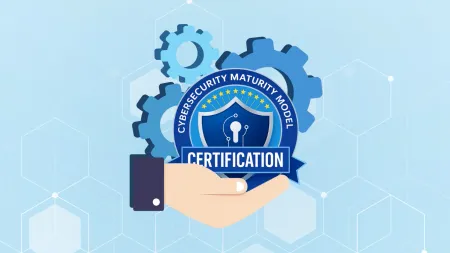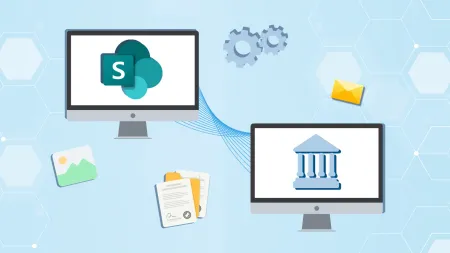3 Steps to Successfully Migrate to Azure
Transitioning to any new platform always comes with some risk so making that decision isnt something companies take lightly The benefits of a cloud...

Transitioning to any new platform always comes with some risk, so making that decision isn’t something companies take lightly. The benefits of a cloud environment — lower cost, reduced support requirements, increased scalability and agility — make the risk worth it. Companies can minimize the risk when they migrate to Azure by scoping the effort, developing a migration strategy and managing the execution.
Scope the Migration Effort
Determining the scope of the migration effort is critical for success. Company application inventories are rarely up-to-date and comprehensive, so take the time to search for missing workloads. Once you’ve identified the workloads, assess which ones need to be part of your migration. Some applications may be obsolete or expected to retire shortly; it may be more cost-effective to leave those in place. Other applications may be running on unsupported versions. You should upgrade those before you migrate to Azure because mixing the upgrade process with the migration process can complicate both. If you need to back out of the Azure platform, falling back to your local environment will be difficult. Lastly, identify any dependencies that will impact your migration effort. Applications may have hard-coded dependencies on specific server configurations or other limitations that make them unsuitable for the cloud. These all need to be addressed as part of your migration plan. Use tools like the Azure Virtual Machine Readiness Assessment to help you identify any issues.
Map Out a Strategy to Migrate to Azure
Once you’ve identified all the applications that are in scope for your migration, you need to develop a strategy. Prioritizing the applications will help you plan. The Microsoft Assessment and Planning Toolkit (MAP) can help you assess the difficulty of migrating each application. Companies often start migrations with an application that has little risk, but starting with a low-risk application may not demonstrate significant benefit and management’s commitment to the migration may waver. You may prefer to start with a moderate-risk application that will make the benefits of Azure more visible. For each application that’s part of your migration, decide whether it belongs in the public cloud, private cloud or hybrid cloud. You’ll need to consider performance and security requirements as part of that decision. Your strategy should also consider how you will handle cutover to the new environment: Will you migrate all users at once or in waves? Although ideally, before you successfully migrate to Azure, you should consider how you can revert to your internal systems if you experience performance or other issues during the initial transition period.
Create and Execute Your Detailed Migration Plan
Once you’ve defined your strategy, you’re ready to create and execute a detailed migration plan. Use tools to support you wherever possible. MAP can identify your capacity requirements; the Microsoft SQL Server Azure Migration Wizard will help you with your database migration. Be sure the plan doesn’t only address technical migration issues, but also plans the cutover and fall-back process. Business management needs to be informed of the changes to their applications, and end users need training if they’ll need to access applications differently or work with new versions of a product.
After the Migration
Once the migration plan is executed, validate its success by confirming that users have access, the application functionality is working and the performance requirements are being met. Set ongoing monitoring tools such as Visual Studio Application Insights in place to make sure the deployment continues to meet business needs. Because migrating to Azure can be challenging, it’s helpful to partner with a company that’s experienced in helping companies successfully migrate to Azure. Agile IT is an award-winning Microsoft Partner, and we’ve helped hundreds of companies succeed in their IT projects. Learn more about Agile IT’s Azure migration services, and make sure your transition to the cloud leaves you on cloud nine.





